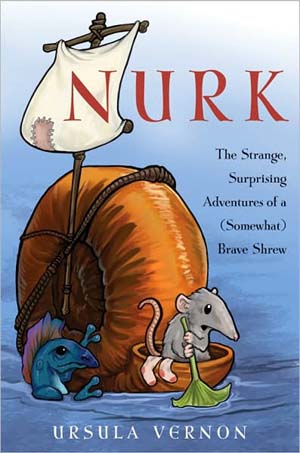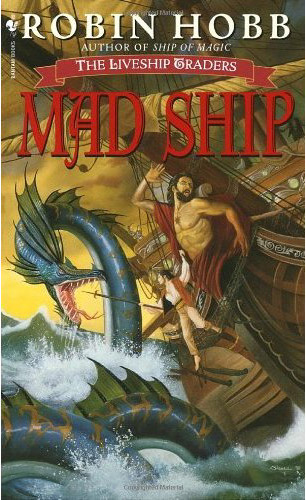Date read: 12.27.09
Book from: Personal collection, via Vertical, Inc.
Reviewer: Emera
Translated 2009 by Alexander O. Smith & Elye J. Alexander. Original title Ubume no Natsu.
“Concerning the Ubume –
Of all the tales told, that of the ubume is the most confounding. It is said that when a woman who is with child passes away, her attachment to the babe takes physical form. She appears then as an apparition, drenched in blood from the waist down, and crying like a bird, saying “wobaryo, wobaryo.” Presented with stories of people transforming into such creatures after they die, how can we truly believe in Hell? It is beyond understanding.
Report on One Hundred Stories
Yamaoka Motosyoshi, Junkyo 3 (1686)”
In the classic mode of the genteel ghost story, a man visits his friend, and shares with him a strange tale: the daughter of a distinguished family of medical practitioners has been pregnant for twenty-one months without giving birth – a pregnancy that was discovered soon after her husband inexplicably disappeared from a sealed room. Scandalous! Throw in Japanese folklore, Gothic dread, and way too much pop psychology, and you have The Summer of the Ubume.
Continue reading The Summer of the Ubume, by Natsuhiko Kyogoku (1994) E



